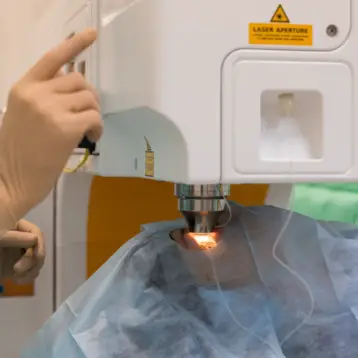|
What makes neuronal disorders so severe and incurable is that unlike other tissues in our body, most neurons cannot regenerate. In most cases, after a neuron has been degraded the body will not create a new neuron to replace it. In other tissues like muscle or blood vessels, after experiencing trauma, the body creates new cells to replace those lost. . These days Alzheimer patients receive treatment that tackles only the symptoms of the AD, not the disease itself. The new connection found with the SIRT1 gene may help prevent loss of brain cells loss possibly preventing the disease or even curing it while it’s in its preliminary stages.
The gene SIR2 is known to have anti-aging effects in plants. The scientists headed by Li-Huei Tsai from MIT and David A. Sinclair from Harvard Medical School, hypothesized that SIR2’s human analogue, SIRT1, would have the same effect on human cells. Indeed, SIRT1 was found to prevent neurodegeneration in the model organisms. The SIR2 activating molecule Resveratrol, a compound also found in red wine, also had a similar anti-aging effect on the cells.
The experiment showed an improvement (meaning a decline) in the cells degeneration levels in the different models either by introducing the Resveratrol to the neurons or by over expressing the gene SIRT1 by inserting new copies of it using a virus. The scientists hope that this finding will be used to develop medicine for these severe diseases.
More information on the recent SIR2 research can be found here. An video interview with Dr. David A. Sinclair can be found here.










